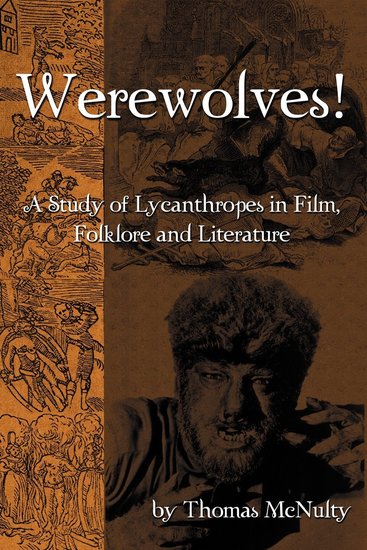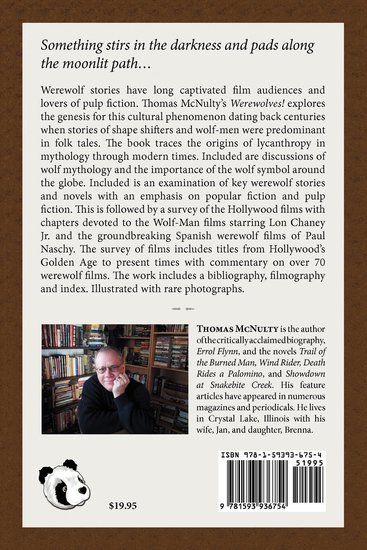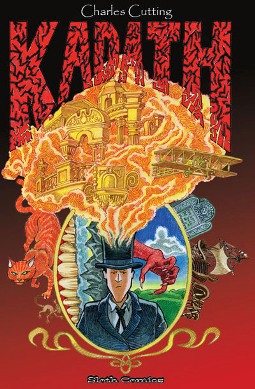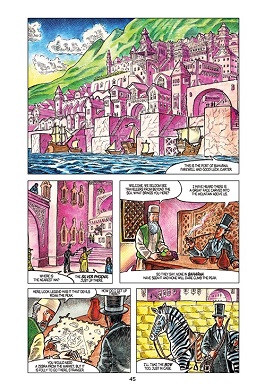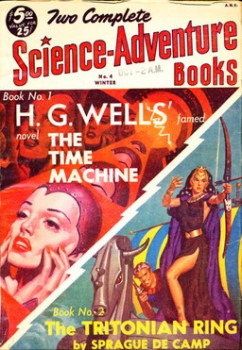Self-published Book Review: Forgotten Soldiers by Joshua P. Simon
If you have a book you’d like me to review, please see this post for instructions to submit. I’ve received very few submissions recently, and I’d like to get more.
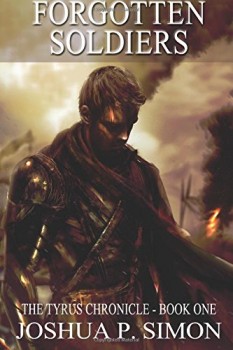 Forgotten Soldiers is the story of Tyrus, a sergeant in the Turine army. Turine has been at war with the Geneshan Empire for over a decade, and the war is almost over, the Empire on the defensive. Tyrus’s tactical skill and magic resistance make him a highly valued asset, and he is sent, along with his well-trained unit and powerful mage sister, on the critical mission of recovering a magical artifact, an ancient superweapon in the hands of the Geneshans. He succeeds, and the Geneshans immediately surrender. It turns out the Geneshans are even more afraid of the artifact than the Turines are, and the only condition of their surrender is that the Turines not use the artifact. Tyrus and what remains of his unit are discharged.
Forgotten Soldiers is the story of Tyrus, a sergeant in the Turine army. Turine has been at war with the Geneshan Empire for over a decade, and the war is almost over, the Empire on the defensive. Tyrus’s tactical skill and magic resistance make him a highly valued asset, and he is sent, along with his well-trained unit and powerful mage sister, on the critical mission of recovering a magical artifact, an ancient superweapon in the hands of the Geneshans. He succeeds, and the Geneshans immediately surrender. It turns out the Geneshans are even more afraid of the artifact than the Turines are, and the only condition of their surrender is that the Turines not use the artifact. Tyrus and what remains of his unit are discharged.
Their reception is not quite as warm as they anticipated. Many people have heard rumors of what the army has been up to, and it’s not pretty. People regard the soldiers with suspicion, refuse to do business with them, and there is even an attack by a mob at the first town they visit. When Tyrus and his friends are forced to defend themselves, the situation becomes worse and they have to leave town in a hurry, every soldier hoping that they’ll at least be welcomed back in their hometowns.
For Tyrus and his friends, that’s not to be. Tyrus returns to find himself presumed dead, and his family in dire straits. The town has changed, consisting mostly of newcomers hostile to him, and even his old friends are either suspicious of him themselves or too afraid of the current climate to help. It’s up to him to rescue his son and daughter, Zadok and Myra, from indentured servitude and try to find a place for his family.
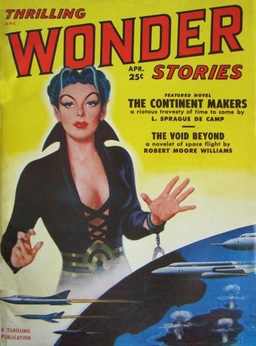
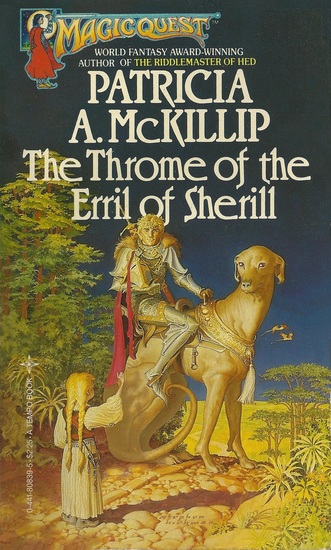
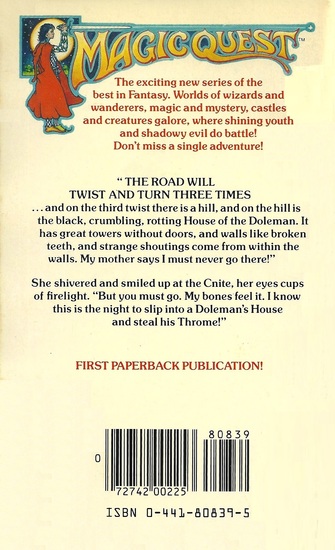
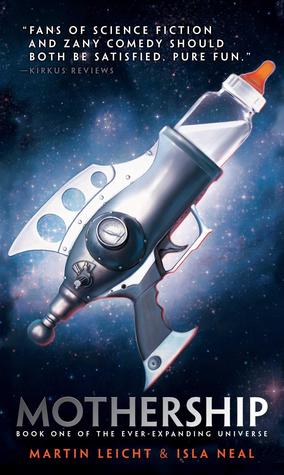
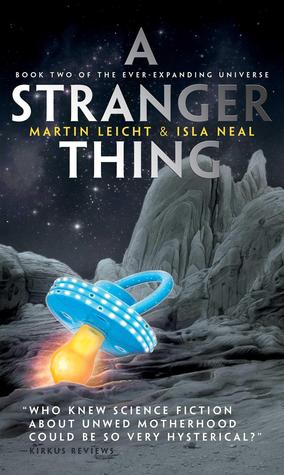
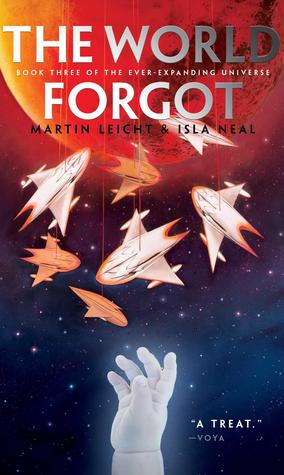

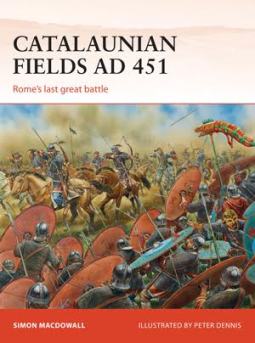 It’s the one thousand, five hundred and fifty sixth anniversary of the Battle of the Catalaunian Fields, otherwise known as the Battle of Chalons!
It’s the one thousand, five hundred and fifty sixth anniversary of the Battle of the Catalaunian Fields, otherwise known as the Battle of Chalons!
